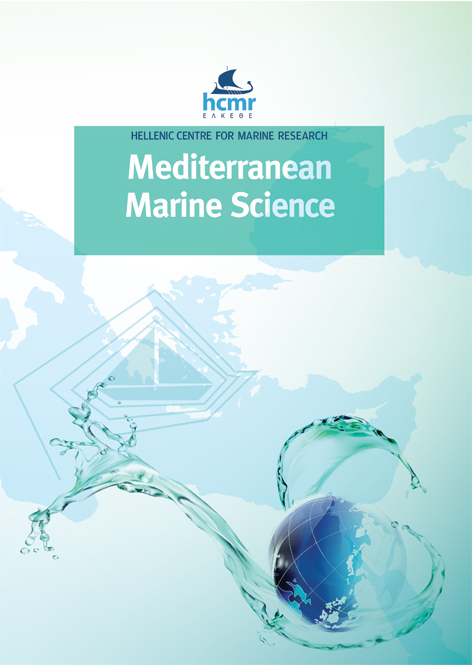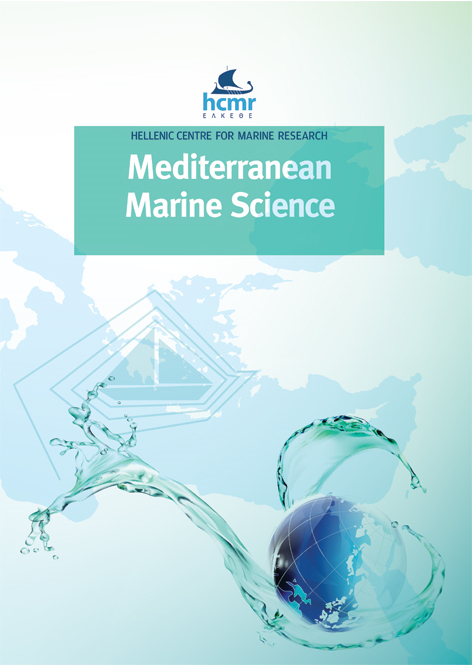Changing feeding habits and ontogenetic dimorphism in juveniles and adults Aplysia punctata (Cuvier, 1803) (Mollusca, Gastropoda, Heterobranchia) in the Mediterranean Sea
Περίληψη
Specimens of Aplysia punctata inhabiting the Catalonian coast (NE Spain, Western Mediterranean Sea) display two different color patterns, which have been thought to represent two distinct species. However, molecular analyses conducted by other authors and confirmed herein show that there are no genetic differences between individuals of the two color morphs. At the same time, these color morphs display distinct life history traits, including different size, mating behavior, and egg mass and larvae coloration. In this paper, it is hypothesized that distinct diets are responsible of these differences. The results of this study confirm that small red specimens of A. punctata feed on red algae and primarily Sphaerococcus coronopifolius and Plocamium cartilagineum; pigments from these algae give small specimens of A. punctata a very similar morphological appearance to adults of the Aplysia parvula species complex. In contrast, adult specimens of A. punctata feed preferentially on green algae of the species Ulva lactuca. This change in feeding behavior is probably related to defensive strategies involving camouflage. In addition, the egg masses take on a pink to reddish color that is retained in the larval stage of A. punctata juveniles.
Λεπτομέρειες άρθρου
- Πώς να δημιουργήσετε Αναφορές
-
CÓRDOBA GONZÁLEZ, D., ENGUIDANOS, A., VALDÉS, ÁNGEL, & BALLESTEROS, M. (2022). Changing feeding habits and ontogenetic dimorphism in juveniles and adults Aplysia punctata (Cuvier, 1803) (Mollusca, Gastropoda, Heterobranchia) in the Mediterranean Sea. Mediterranean Marine Science, 23(4), 827–849. https://doi.org/10.12681/mms.29735
- Ενότητα
- Research Article
Authors who publish with this journal agree to the following terms:
- Authors retain copyright and grant the journal right of first publication with the work simultaneously licensed under a Creative Commons Attribution Non-Commercial License that allows others to share the work with an acknowledgement of the work's authorship and initial publication in this journal.
- Authors are able to enter into separate, additional contractual arrangements for the non-exclusive distribution of the journal's published version of the work (e.g. post it to an institutional repository or publish it in a book), with an acknowledgement of its initial publication in this journal.
- Authors are permitted and encouraged to post their work online (preferably in institutional repositories or on their website) prior to and during the submission process, as it can lead to productive exchanges, as well as earlier and greater citation of published work (See The Effect of Open Access).







